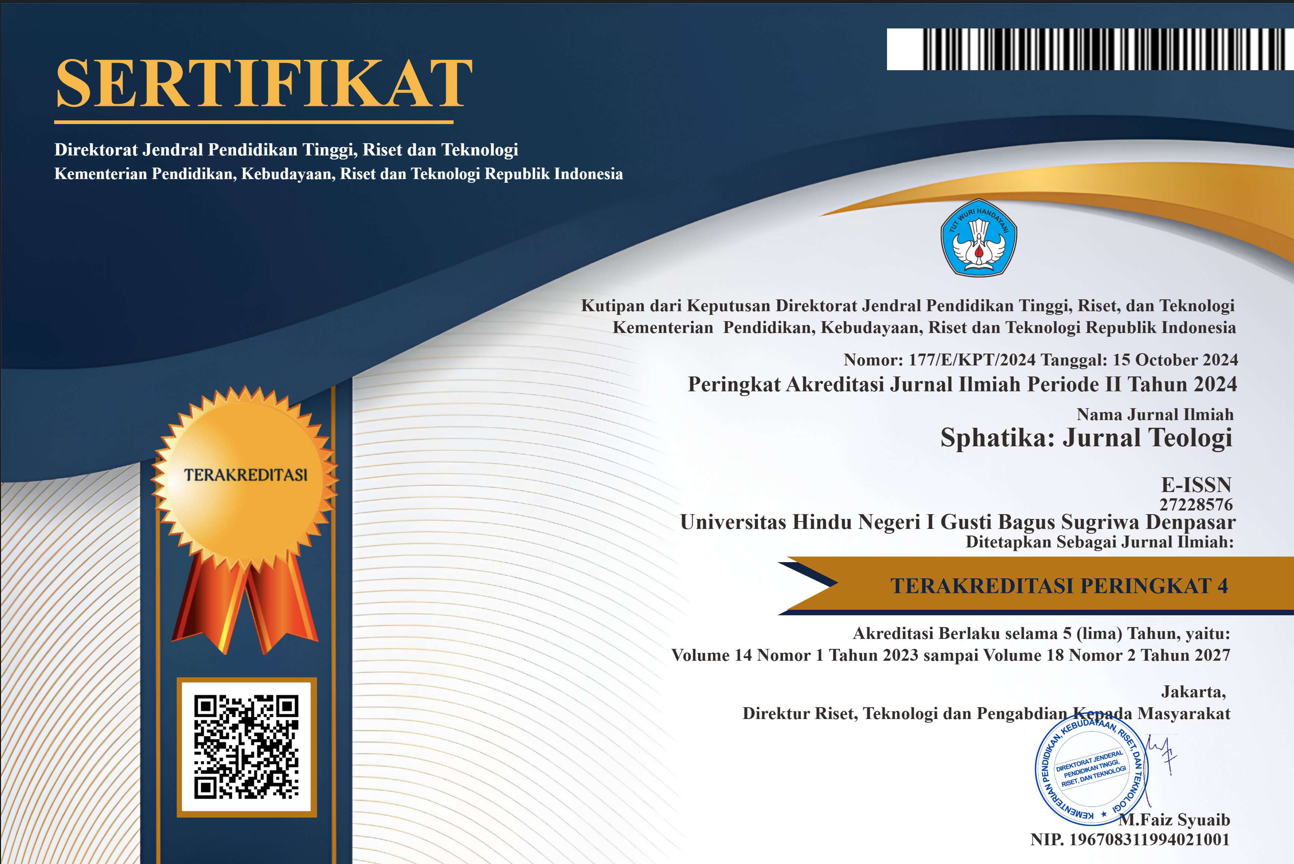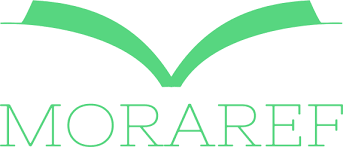Implementasi Bahasa Kawi sebagai Semboyan Institusi di Indonesia
DOI:
https://doi.org/10.25078/sphatika.v11i2.1968Keywords:
implementation; Kawi Language; State Institution Motto.Abstract
The entry of Sanskrit into Indonesia was a language contact and cultural contact known as the bilateral relationship between the Indian and the Indonesian archipelago. At that time, the dominant archipelago was the ancient Javanese people. When Sanskrit entered, it was followed by literature in India, so that in the archipelago, it was known that literature originated from India. During the reign of the kingdom of Kediri, whose king Darmawangsa Teguh Anantawikrama Tunggadewa, as king issued a policy, namely by discussing Indian literature in Sanskrit into Old Javanese, so that the syncritism process in Old Javanese literature was carried out by using Sanskrit into the text. Then gave birth to acculturation so that the language known as Kawi language emerged. The theory used to dissect this problem is the theory of linguistic landscape and uses the method of literature study and the method of reading and taking notes. The results of this study are related to the use of Kawi language in state institutions today, because it can be interpreted by history because at that time Hindu kingdoms dominated the archipelago more and could even expand outside the archipelago. The use of Kawi language in the motto of State institutions is a spirit of dedication to society and the State. In addition, the implementation of Kawi language in the slogan of this state institution shows that Kawi language still has an important, noble and main position in the Republic of Indonesia.
References
Ben-Rafael, Eliezer. 2009. A Sociological Approach to the Study of Linguistic Landscapes. Dalam Linguistic Landscape, Expanding the Scenery, ed. Elana Shomamy dan Durk Gorter, 20–54. New York: Routledge.
Ben-Rafael, Eliezer, Elana Shohamy, Muhammad Hasan Amara, dan Nira Trumper-Hecht. 2006. Linguistic Landscape as Symbolic Construction of the Public Space: The Case of Israel. International Journal of Multilingualism 3, no. 1 (April): 7–30.
Landry, Rodrigue, dan Richard Y. Bourhis. 1997. Linguistic Landscape and Ethnolinguistic Vitality: An Empirical Study. Journal of Language and Social Psychology 16, no. 1: 23–49.
Koentjaraningrat. 1972. Pengantar Antropologi. Jakarta: Aksara Baru.
Kosasih. 2007. Bahasa Indonesia/Kementerian Pendidikan dan Kebudayaan. Jakarta: PT Gramedia.
Mardiwarsito, L. 1978. Kamus Bahasa Kawi – Indonesia. Flores: Nusa Indah.
Poerbacaraka, RM,Ng.,tt. Kepustakaan Jawa. Khusus untuk keperluan Intern.
Puzey, Guy. 2016. Linguistic Landscapes. Dalam The Oxford of Handbook of Names and Naming, ed. Carole Hough, 476–496. Oxford: Oxford University Press.
Puzey, Guy. 2016. Renaming as Counter-Hegemony: The Cases of Noreg and Padania. Dalam Names and Naming: People, Places, Perceptions, and Power, ed. Guy Puzey dan Laura Kostanski, 244–272. Bristol: Multilingual Matters.
Ratna, Nyoman Kutha. 2012. Teori, Metode, dan Teknik Penelitian Sastra: dari strukturalisme hingga Postrukturalism Perspektif Wacana Naratif. Yogyakarta: Pustaka Pelajar.
Sudaryanto. 1993. Metode dan Teknik Penelitian Bahasa. Yogyakarta: Universitas Sanata Dharma.
Surada, Made. 2018. Bahasa dan Sastra Kawi. Surabaya: Paramita.
Zoetmulder, PJ. 1985. Kalangwan Sastra Jawa Kuna Selayang Pandang. Jakarta: Djembatan.















